Kiev, the capital of Ukraine, is a city with a rich and complex history that dates back over a thousand years. Its history is closely intertwined with the history of the Eastern Slavs, the Varangians, the Mongols, and the various empires and states that have controlled the region. Here is a brief description of Kiev’s history:
- Early Settlements: The area around Kiev has been inhabited for thousands of years. The city’s history can be traced back to the 5th century when it was settled by Eastern Slavic tribes.
- Viking Influence: In the late 9th century, the Varangians, also known as the Vikings, established a trade route along the Dnieper River and created a fortified settlement known as “Kyi’s settlement.” This settlement is considered the foundation of modern-day Kiev.
- Kievan Rus: In the 9th to 13th centuries, Kiev became the political and cultural center of the Kievan Rus, a loose federation of East Slavic tribes. The city was known for its impressive architecture, trade connections with Byzantium, and adoption of Christianity from Byzantium in 988 under Prince Vladimir the Great.
- Mongol Invasion: In 1240, Kiev was invaded and destroyed by the Mongols, leading to a decline in its influence as a major power center in the region. The Mongol domination persisted for several centuries.
- Lithuanian and Polish Rule: In the 14th century, Kiev and much of Ukraine came under the control of the Grand Duchy of Lithuania, and later the Polish-Lithuanian Commonwealth. This period led to a cultural and religious divide, with Orthodox Christianity coexisting with Catholicism.
- Cossack Period: The 17th century saw the rise of the Cossacks, semi-autonomous warrior communities in Ukraine. The most famous Cossack leader, Bohdan Khmelnytsky, led a successful uprising against Polish rule in the mid-17th century.
- Russian Empire: After a series of wars, Kiev and most of Ukraine came under Russian control in the late 18th century. It remained part of the Russian Empire for over a century.
- Soviet and Modern Era: Following the Russian Revolution in 1917, Kiev became the capital of the Ukrainian Soviet Socialist Republic. During World War II, the city suffered extensive damage. After the war, it was reconstructed and became the capital of the Ukrainian SSR within the Soviet Union. Ukraine declared its independence from the Soviet Union in 1991, and Kiev became the capital of an independent Ukraine.
Today, Kiev is a vibrant and rapidly growing European city with a population of over 2.8 million people. It serves as the political, economic, and cultural center of Ukraine, and its history is reflected in its diverse architecture, museums, and historical sites, such as the iconic St. Sophia’s Cathedral and the Kyiv-Pechersk Lavra, both of which are UNESCO World Heritage sites.

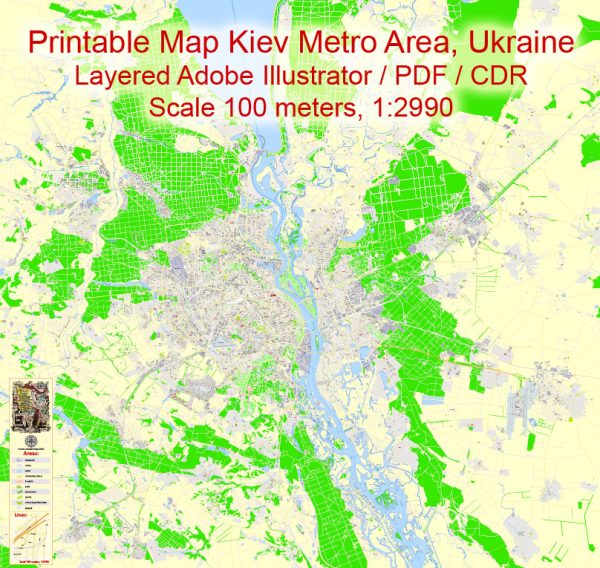
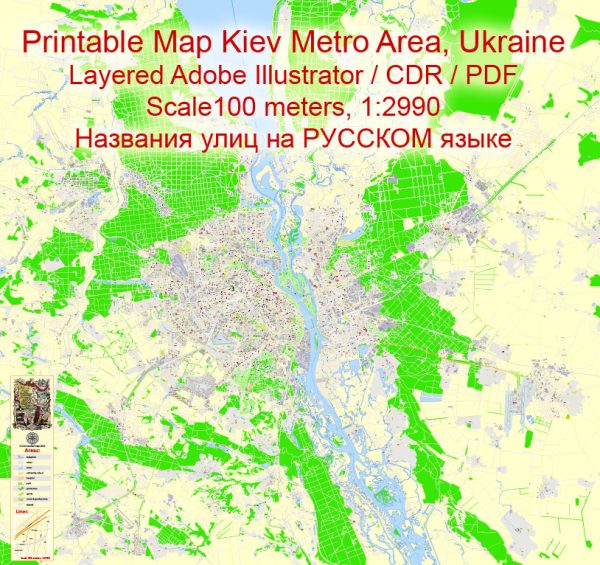
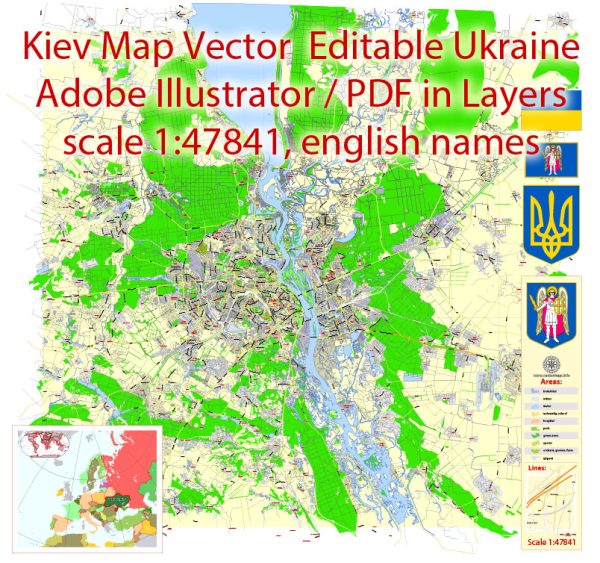
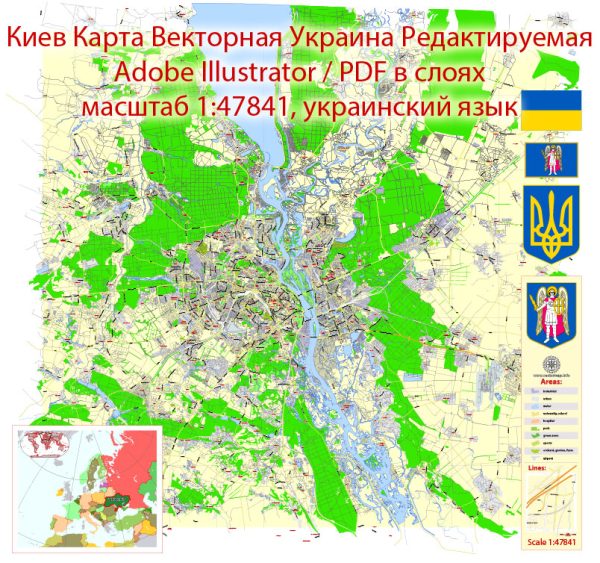
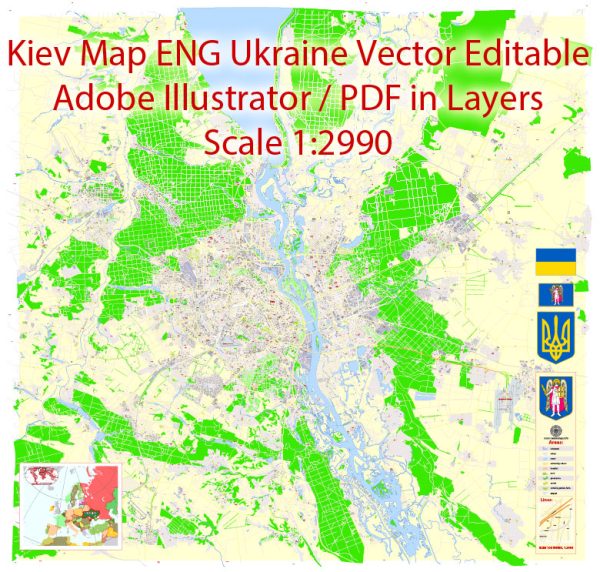
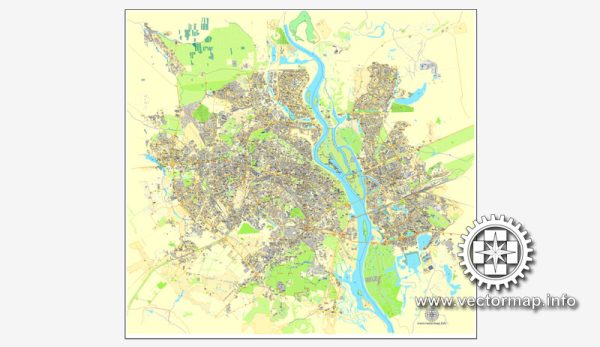
 Author: Kirill Shrayber, Ph.D.
Author: Kirill Shrayber, Ph.D.